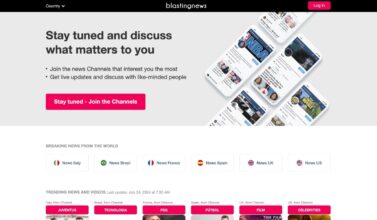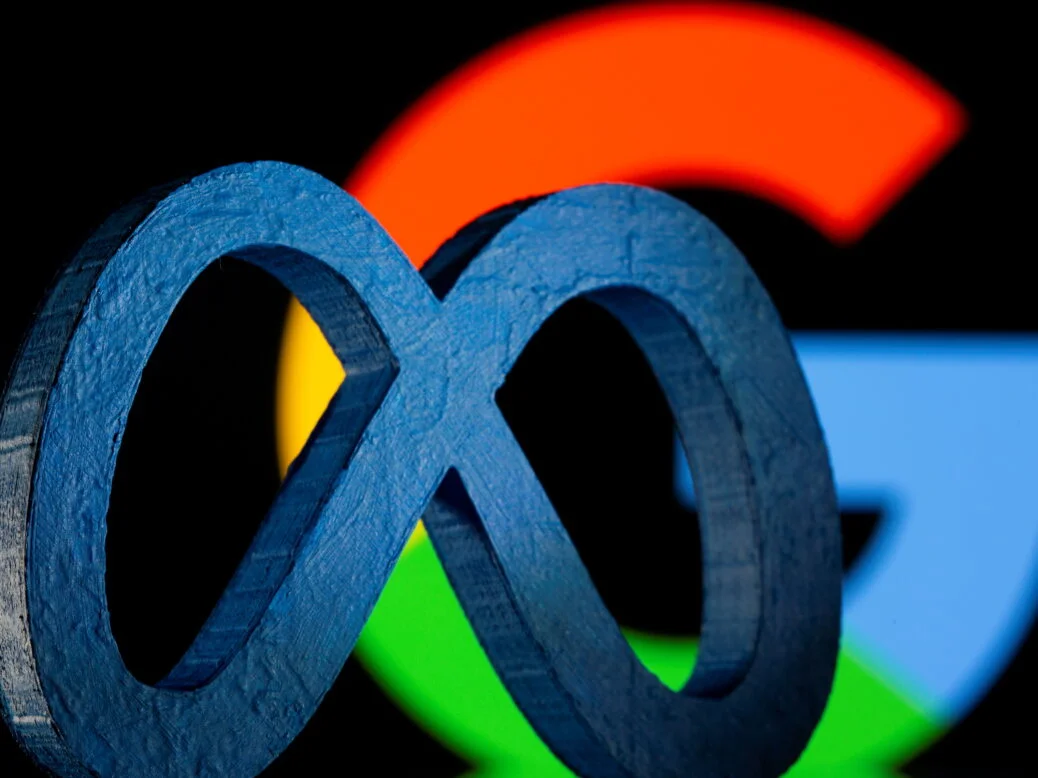Do millennials read online news? Various researchers have tried to ascertain exactly how much news millennials consume and compare the findings with this generation’s parents. It’s not a problem with a neat answer and these studies have yielded very different results.
That said, one thing the majority of these pieces of research agree on is that people born in the last two decades of the 20th century are interested in news. The way they discover news is strikingly different from the way previous generations do.
The Media Insight Project, a 2015 collaboration between the American Press Institute and the Associated Press-NORC Center for Public Affairs Research, showed that up to 69 percent of millennials got their news daily.
This is a fairly compelling finding to say that millennials are consuming news – even though popular opinion may hint otherwise. The problem is that most of these studies usually rely on polls to get reliable data. Here, the sample size is usually limited to a couple of thousand participants or even fewer. These polls are usually limited to single country findings so the results can’t really be extrapolated to stand for millennials all over the globe.
Another downside would be that these kinds of studies can’t – and don’t – really explain the way the readers are engaged with the content they read, especially when it comes to online news. Yes, these studies can reveal how many times a day someone reads the news, but as to the way they read it? Well, not so much.
We, therefore, decided to take a different path and dive deep into the data in order to find a more nuanced answer to how engaged millennials are when it comes to consuming online news.
We collected reader data for two months from nine millennial-orientated news outlets from six different countries. All of these outlets use Content Insights in order to better understand their audience, so metrics presented here are the ones Content Insights uses to describe audience engagement.
The findings
Before we get into the findings, a few notes. We looked at engagement metrics for almost 140 million article read sessions to conduct this research. It’s important to say that when we talk about Article Reads, we’re not talking about Pageviews. Rather, this metric is one which is triggered only when a person actually starts reading an article. The Average Attention Time for these readers was 63 seconds. Again, it’s important to differentiate between the colloquially-used ‘attention time’ and the true Attention Time that we use at Content Insights.
Our behavioral metrics system (click if you want to see why simple metrics are not a thing in online publishing anymore) only captures the time when a person is actually active and attentively reading the content. The Average Read Depth of an article – a unique metric offered by Content Insights and one which shows how far through an article a reader gets – was 39.3 percent.
The percentage of Social Actions made across all the major social networks was just over 3 percent, which means that after reading an article, 3 percent of people decided to like, comment on it, share it, retweet and so forth.
The average value of Page Depth, a metric showing how willing readers were to continue exploring content on the same website after reading the first article for all of these publications was 1.48 articles. This number represents the number of articles people opened on average after landing on a certain website. This metric is never less than one since that number represents the first article people opened.
News consumption by device
Are millennials as ‘mobile-first’ as everyone assumes? Well, unsurprisingly, the answer is yes and in fact, they might even be using mobile devices to read the news even more than you thought.
More than 80.6 percent of all article reads were done on mobile phones. The second highest number came from the desktop, a total of 16.4 percent. The third most used device to access news was a tablet. Our research shows that 2.9 percent of article reads were done on tablets.
Does the type of device used to read news actually affect how engaged people are? Not so much, actually. Our study shows that key engagement metrics stay pretty much the same on all the device types.
That said, mobile does win out on one key metric: mobile users had the longest Attention Time, which averaged at 64.19 seconds per Article Read, compared with 63.56 seconds for desktop users, and 61.2 seconds for tablet users.

Page Depth is almost equal for all the device types. Values of Page Depth are the highest for tablet users, who read 1.56 articles on average. Second place goes to mobile users who opened 1.51 articles on average, while the desktop users place last when it comes to Page Depth with only 1.42 opened articles on average.
Where does most of your website traffic come from? That’s a million dollar question for publishers, right?
We analyzed referrers for millennial-first news outlets. The first thing the analysis revealed was that most of the traffic – more than 29.42 percent – was direct. This means that these people discovered content either by clicking directly on links, such as those found in newsletters – or have used an aggregator news service, such as Apple News.
The second biggest source of traffic according to our study was social media. As much as 22.66 percent of readers came from social media, which shows just how important content promotion on social networks continues to be when we’re talking about millennials.
Third biggest was internal traffic with 15.93 percent of traffic from the website’s home page or connected articles. This also illustrates the importance of media brand strength and that people are willing to dig deeper into articles on the same website once they get there.
We shouldn’t forget the search engines. They brought a not-insignificant total of 13.65 percent of traffic.
Let’s jump deeper into engagement metrics and discover which traffic sources bring the most engaged audience.
When it comes to Attention Time, people coming from Internal Referrers spent the most time reading, with an average of 66.38 seconds. The second source of traffic with the highest attention time is actually social networks with an Attention Time of 58.24 seconds. People who came from search engines spent almost 56 seconds reading, while people who came from direct referrers read for only 36 seconds.
Even when it comes to Read Depth, Internal Referrers brought the most eager readers, and they read an average of 48.03 percent of the content per article. Second on this list are Social Referrers. People coming from social media read 40.31 percent of content, which once again shows just how important the social-centric audience continues to be.
People who used search engines to discover content read 37.77 percent of an article on average. Again, the least engaged audience came from Direct Referrer sources. Readers arriving at articles this way read as little as 25 percent of an article on average.
Last but not least, let’s jump to Page Depth, the metric which tells us readers’ tendency to continue reading beyond that first article.
The Internal Referrer is an absolute champion when it comes to Page Depth. When articles were discovered via a website, homepage or any other page of a particular news outlet, readers consumed 2.67 articles on average, which is twice as much as other referral methods.
Direct Referrers generated a Page Depth of 1.57, followed by Social Referrers with a Page Depth of 1.31 pages. Search Referrer follows closely behind with a value of 1.29 pages opened.
What does all this data tell us?
It’s not always easy to draw conclusions from big sets of reader data, but any insight into user behavior is vital in this publishing climate. This is why taking a closer look at readers’ behavior is something we spend a lot of time on at Content Insights.
So what we have learned about millennials and the way that they consume news?
- Millennials are big consumers of content on mobile. Remember: more than 80 percent of traffic for this demographic came from mobile devices.
- Social media is a significant referrer. It was the second most important traffic source for millennial oriented media.
- The belief that social media does not yield high engagement is clearly an incorrect one. Millennials reading articles they’ve found via this referral method had the second highest average Attention Time and Read Depth.
- While direct traffic is the biggest source of readers, the audience coming from this referrer is not particularly engaged. People who came from Direct Referrers had a shorter Attention Time (almost a third less) compared to other referrers.
If you liked this data study on audience engagement, you can find more of them on the Content Insights blog.














